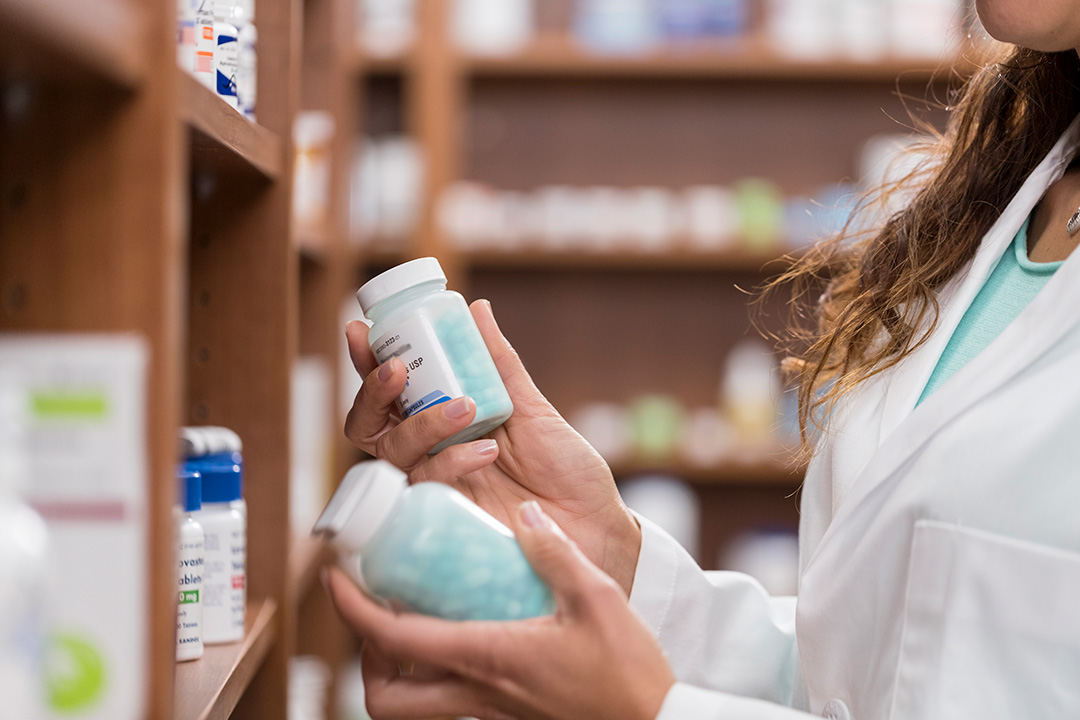Making a difference with real-world data
Early in 2023, we spoke with Optum Chief Scientific Officer Dr. John Seeger about the ways the Sentinel Initiative — led by the Federal Drug Administration (FDA) — monitors and evaluates the safety and performance of medical products.
Now that Optum is in its 10th year of working with the Sentinel Initiative, we caught up with him on how this work has evolved over the years.
Optum Life Sciences began working with the Sentinel Initiative 10 years ago. How did that work start?
In the early 2000s, the introduction and eventual removal from the market of rofecoxib (Vioxx™) made clear that for the sake of public health, long-term risks of drug products needed to be visible not just to manufacturers but the federal government and broader public.
A systematic post-approval surveillance process was needed. This would broaden the FDA’s authority to manage the evaluation and labeling of approved products.
This is where the Optum Epidemiology team, who had a fair amount of history with those kinds of projects, came in. Sentinel started small (it used to be called “mini Sentinel”) and in many ways, Optum was destined to be part of Sentinel. The initiative set a target of incorporating the observational data of 100 million lives into the system, and Optum could provide a sizable piece of this.
How has the Sentinel Initiative evolved since then?
There were all these data sources — large players like Optum, plus some medium and small-sized data sources — that guard their patients’ privacy carefully, as they should. There was a lot of resistance to sharing data, so it was important to set up rules and infrastructure that all participants would agree to.
This was achieved by designing the system to work without individual patient data ever leaving the sites. Instead, Sentinel coordinators send analysis specifications to each site, those analyses are completed on-site, and results are shared back with researchers in a way that can be summarized across sites.

Sentinel has become very effective at addressing the concern that brought it into being, and the structure gives the FDA and all of us insights into the safety of recently approved drugs and vaccines that we didn’t have 10 years ago. That’s the triumph of Sentinel. We can say we are now much more prepared for the next Vioxx-like incident.



